Elton Hall: A 'house of many faces', with one of the greatest private art collections in Britain
Jeremy Musson looks at the exemplary revival of Elton House and its outstanding collections on the eve of its handover to the next generation, while John Goodall looks at the history and changing face of the buildings from the Middle Ages to the 19th century. Photographs by Will Pryce for Country Life.

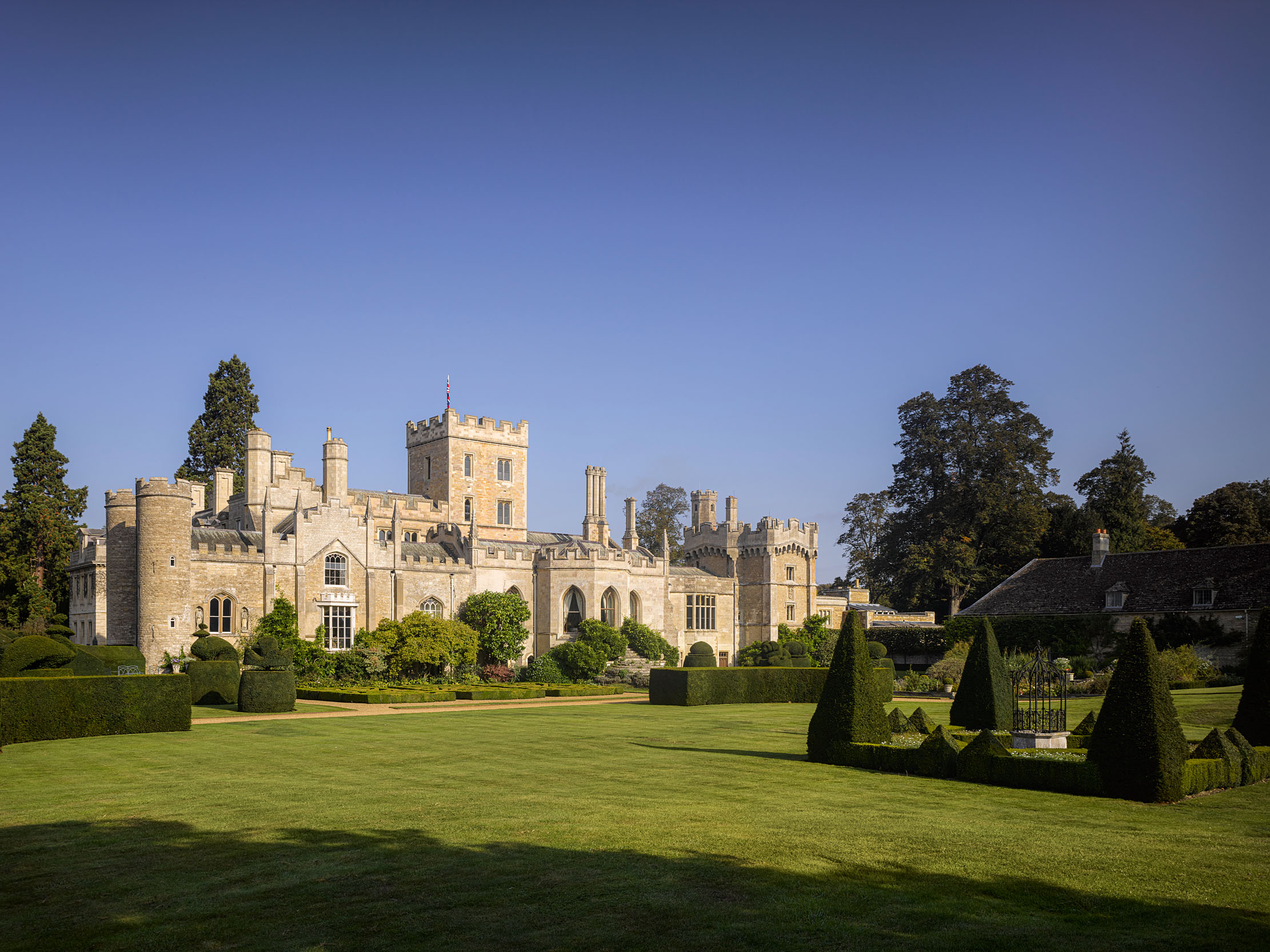
Jeremy Musson on the exemplary revival of Elton House
Elton Hall, near Peterborough, is a house of many faces. It is formal and Classical on the approach, yet reveals on inspection a complex architectural history stretching back to the Middle Ages. All this with gardens that extend and frame it with a kind of painterly stillness. Inside, the house has one of the best private art collections in the East of England.
Country Life last visited Elton in 1988, when an article by Gervase Jackson-Stops campaigned against a proposed new road. Before that, in 1957, were three fulsome pieces by Arthur Oswald, which ignored the division of half the house into flats. Since 1980, Sir William and Lady Proby have not only reversed that subdivision and restored the complex roof and stonework, but also laid out new gardens, rehung pictures and redecorated the principal apartments. This year, they will hand over to their eldest daughter Alexandra — together with her husband, Rory Aitken, and their children — and retire to a new house on the estate. What better moment to celebrate and record their achievement?
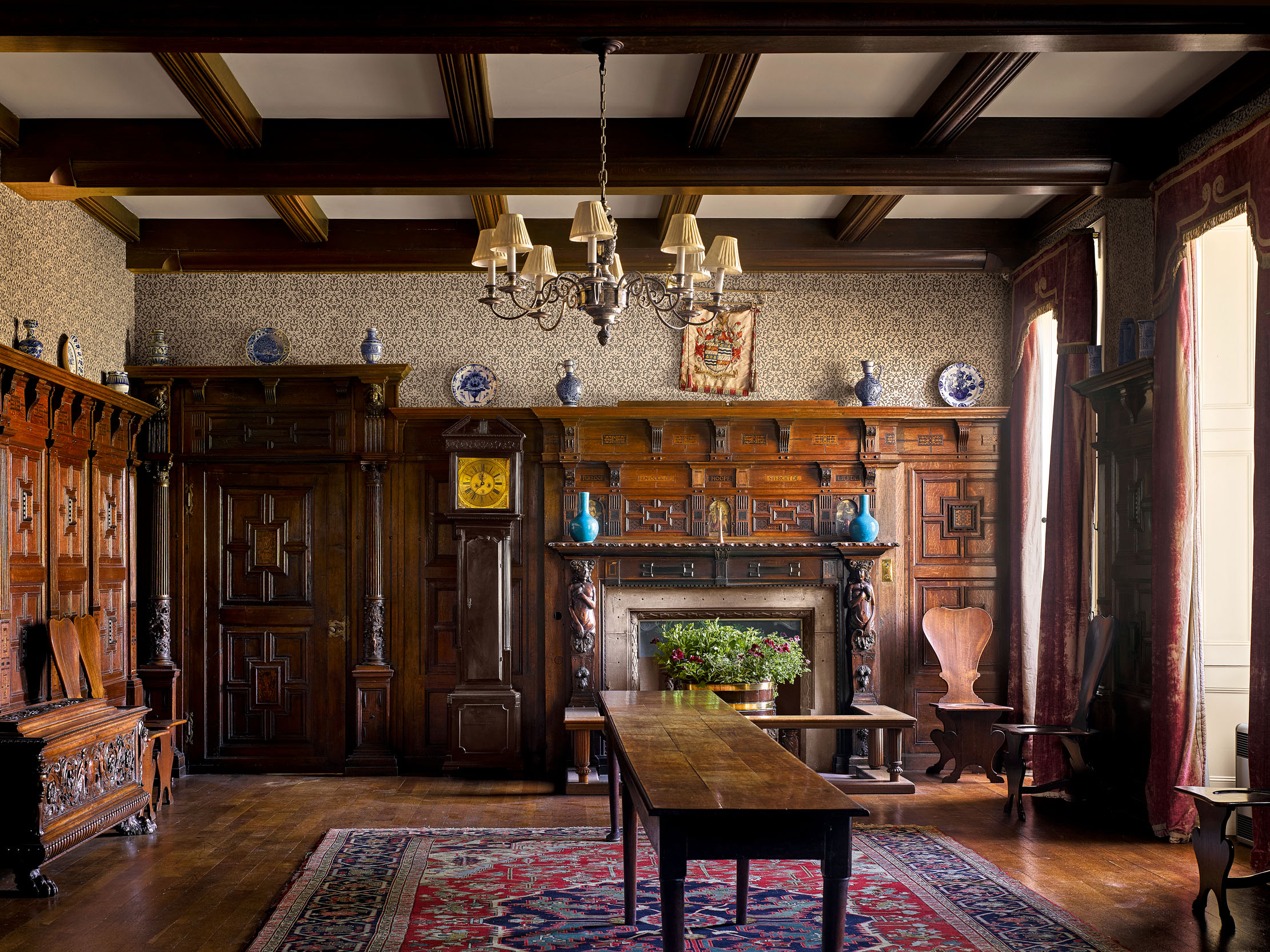
There is also a wider story to tell here. The estate, house and collections, as well as opening to the public, have all provided valuable experience for Sir William and Lady Proby too, which they have readily applied over decades to the public realm. Sir William served as president of the Historic Houses Association in 1994–99 and as chairman of the National Trust in 2003–08; he was also chairman of the National Portrait Gallery from 2011 to 2017. Lady Proby is a Syndic of the Fitzwilliam Museum, Cambridge, chair of its Development Trust and a member of the Government’s Acceptance in Lieu panel.

As it survives today, the house bears the stamp of important changes undertaken from 1857 by Granville Proby, the 3rd Earl of Carysfort, which is remarkable, given that he was 74 when he inherited the estate in 1855. He had grown up on the family’s Glenart estates in Co Wicklow, Ireland, fought at the Battles of the Nile and Trafalgar asa naval officer and later rose to the rank of Admiral. What inspired him to undertake this work is not now clear, but it may have been the poor condition of the building.
The architect he chose was Henry Ashton, a pupil of Smirke who served as an assistant to Sir Jeffry Wyatville from 1828 during the latter’s transformation of Windsor Castle (and who edited Wyatville’s posthumously published Illustrations Of Windsor Castle, 1841). It must have been through Windsor that Ashton caught the eye of the anglophile Willem II (Prince of Orange until 1840), who commissioned him, in 1838, to design a summer palace at the Hague. Nothing came of the project.
Otherwise, Ashton is an exiguous figure. His obituary in The Builder of 1872 speaks of his ‘polished intellect, pungent wit and well-stored mind’ and refers to an ‘extensive practice on the private mansions of some of the nobility and gentry’ for whom he created designs ‘of considerable skill and fertility of invention’, but of these little is known. His work is described as ‘marked by considerable originality and taste and great power of execution, for he was an elegant and artistic draughtsman’.
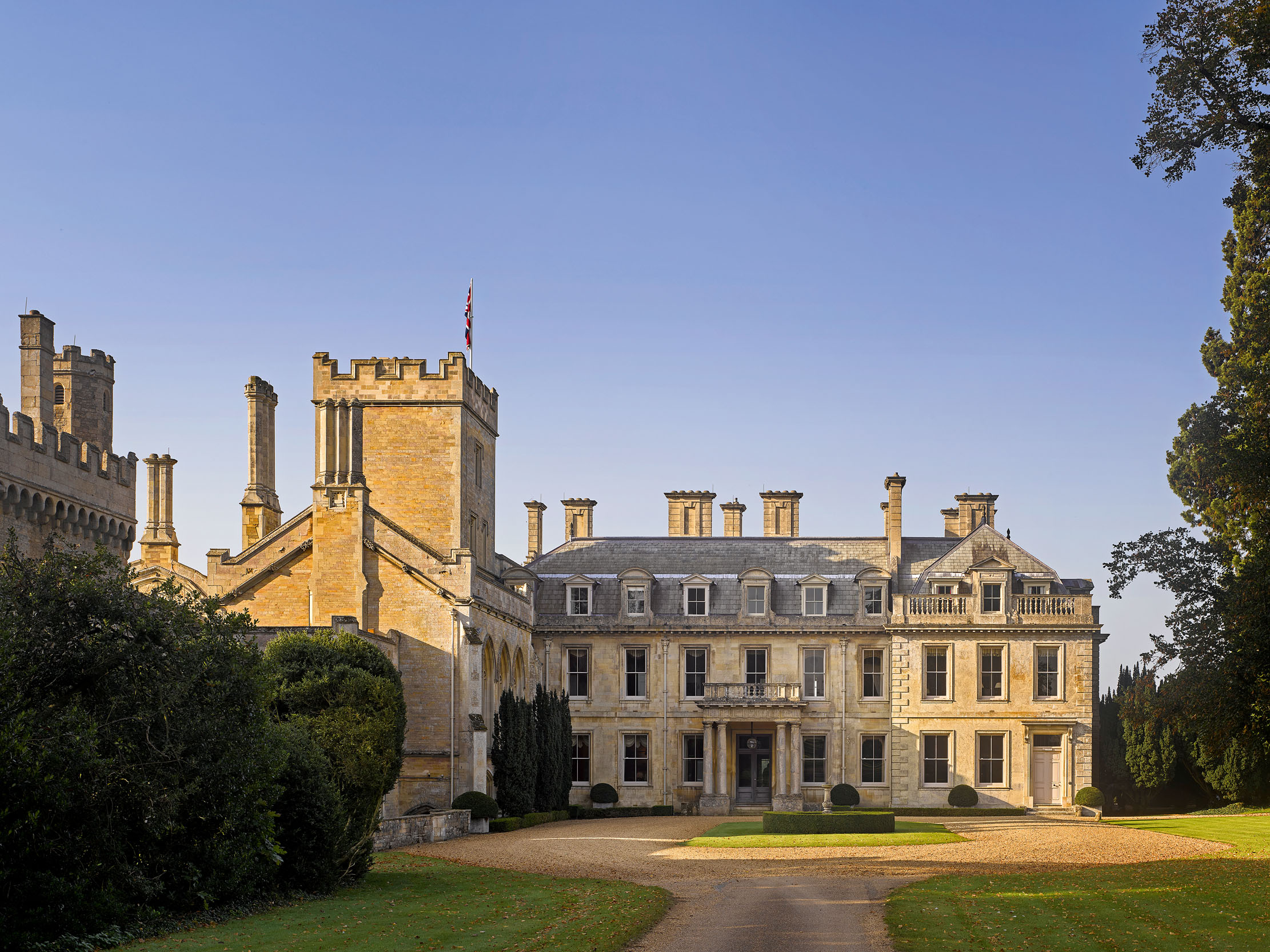
Some exploratory designs for Elton Hall — dated 1856 — survive in the archives, but little in the way of letters or detailed accounts. From 1857 to 1861, Ashton completely reconfigured the house, which had evolved on an L-shaped plan with a main 1660s block and a large room (originally the medieval chapel converted and extended in the 18th century) projecting east and linking to the gatehouse. He reversed the entrance from west to east, extended the main block by three bays and created new bed and dressing rooms. These were served by a separate luggage entrance, suggesting an emphasis on improvements for entertaining. Ashton also added to it a mansard roof of French character, but with English Baroque dormer windows (the latter detail curiously not as shown on the surviving drawings).
Exquisite houses, the beauty of Nature, and how to get the most from your life, straight to your inbox.
Meanwhile, he doubled up the projecting drawing-room range, building a second line of rooms facing into the court of the house against it. The new line of rooms included a new kitchen at ground-floor level — part of wider improvements to the servants’ quarters and services — as well as an ante-dining room and dining room above. Lighting the latter are three huge Gothic windows, clearly a modern re-creation of the windows of the former medieval chapel known to Ashton through early drawings of the house.
At the same time, Ashton removed the existing, 18th-century drawing-room chimneypiece and installed it in the new dining room. In its place, he designed an elaborate chimneypiece that gives the room overall a distinctly French tone. Beyond the drawing room, he re-ordered the library. The real triumph of Ashton’s work, however, is the Classical staircase hall linking the entrance hall to the principal drawing room, dining room and libraries. Externally, the additions are dignified by a tower. Curiously, the tower does not feature on any of the surviving designs, but it appears complete and in exactly the same stonework as the new dining room, in a photograph dated 1875.
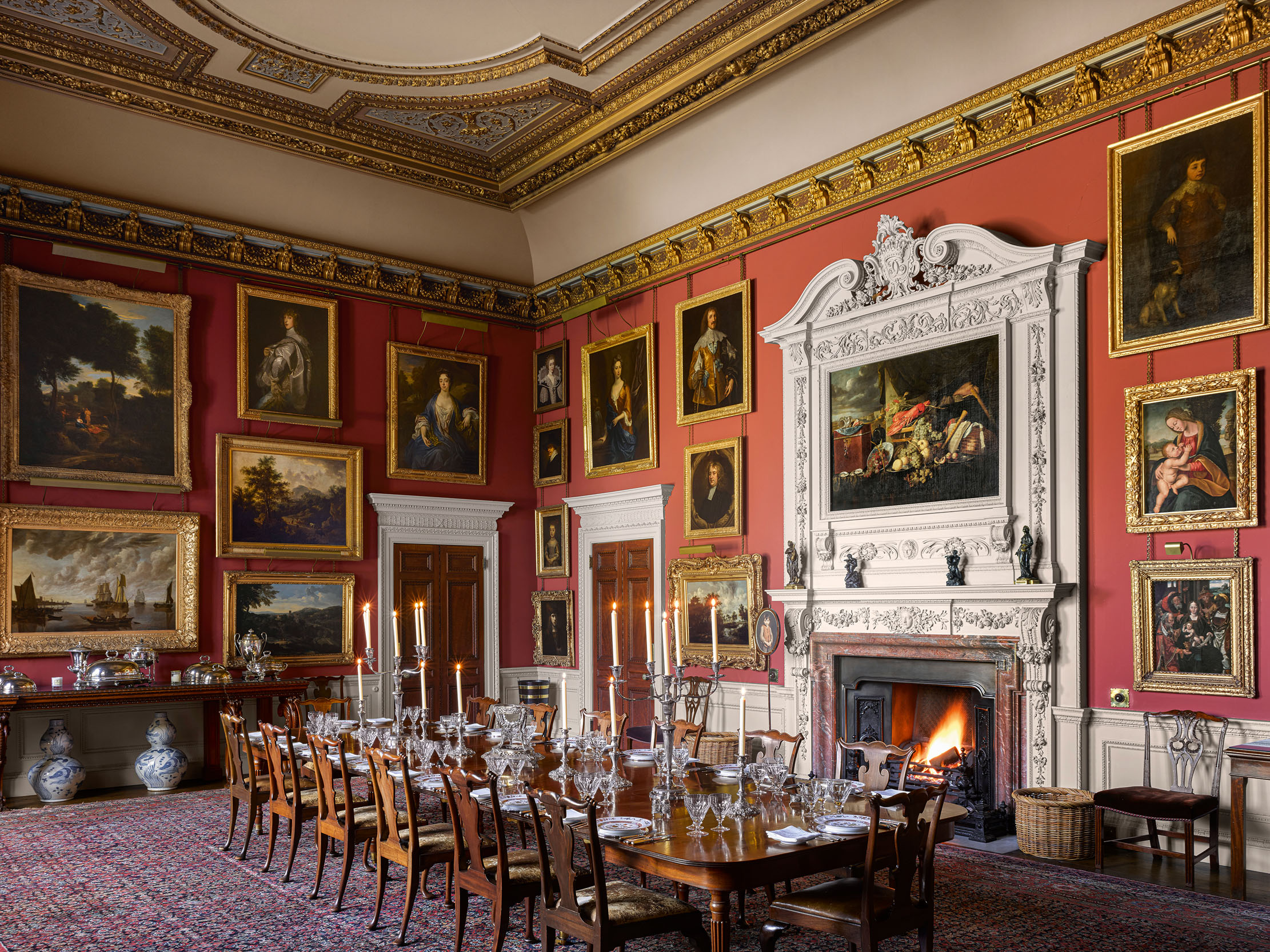
The 3rd Earl finally moved in to Elton Hall in 1861 and correspondence suggests he thoroughly enjoyed the house until his death in 1868. His eldest son, Granville, the 4th Earl, who had been Comptroller of the Royal Household in 1859–66, inherited the property. His sister Lady Claud wrote to another sister that: ‘He wants at once to build stalls, hot-houses, and remodel everything on the extravagant scale he deems proper to his great rank — and for this he requires a quantity of ready money. He is not content at having an estate left to him in the most perfect state, and every charge taken off it, £25,000 a year clear without debt — but is furious’. He was especially cross that his brother William was left both money and the estate in Ireland where he rebuilt Glenart Castle.
The 4th Earl’s re-modellings at Elton Hall included two lodges, the re-siting of the kitchens, and a new billiard room and stable yard, under architect Edward Browning of Stamford in Lincolnshire (who also worked on the Burghley estate). The correspondence was fraught and there was a legal dispute, Browning writing gloomily of having got used to Lord Carysfort’s ‘naturally hasty manner’. Yet the 4th Earl had style: visiting in 1870, for the first time since the death of her father, Lady Claud confessed to finding the changes ‘painful’, but she admired the gilding in the Octagon Room, and thought the view from the drawing room framed by ‘red looped portice curtains’ created ‘quite a picture’, and that things were generally ‘splendid but in every good taste’.
His brother William inherited in 1872 as the 5th Earl. He removed an 18th-century Gothic tower from the house (attributed to Batty Langley) in 1883 and restored the inner library after a fire in 1893. His principal contribution was to restore the picture collection begun by the 1st Earl (a friend of Reynolds), and mostly sold on his death in 1828. The 5th Earl’s collection was carefully catalogued by Lady Claud’s grandson Granville Proby. His father, Col Douglas Proby, brought many of the contents of Glenart Castle in Ireland to Elton in the 1920s, including the castle’s fine 17th-century Flemish panelling, which was installed in the entrance hall, a project that required the room to be reshaped. Granville Proby sold Glenart and its remaining estate in 1943, as he thought the Germans were about to invade Ireland.
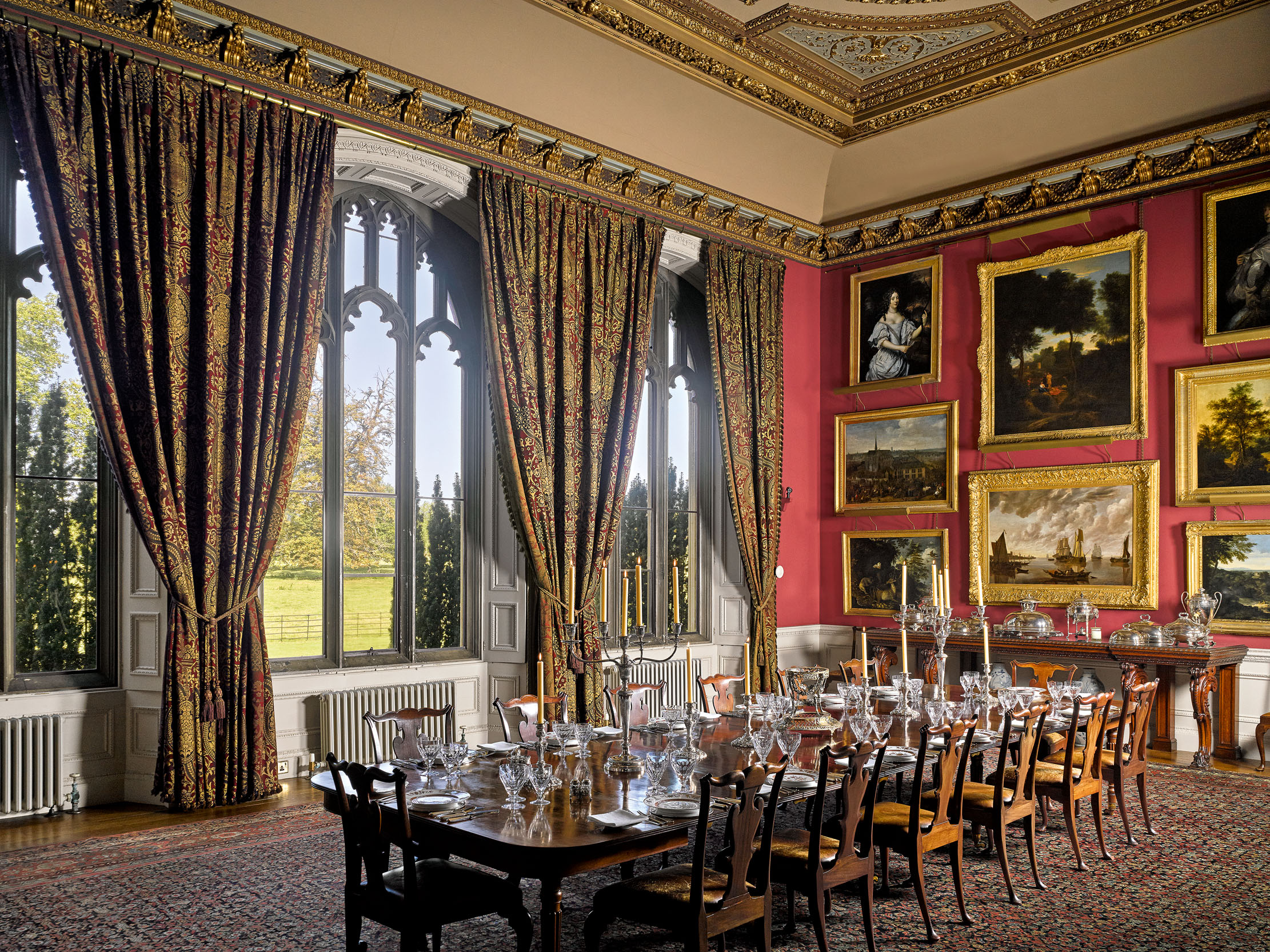
When Granville died in 1947, his brother, Sir Richard Proby, inherited — at the age of 61. Tackling major death duties, Sir Richard divided up the house to create flats at the north end of the range remodelled by Ashton and opened up the State Rooms, living principally in the pleasant rooms of the turreted early Gothic Revival block on the southern corner. He was given a baronetcy in 1952 for his wartime work on agricultural production in Huntingdonshire and died in 1979. His son, Sir Peter, was then in his late sixties, and Elton passed directly to his son, William.
When William and his wife, Meredyth, moved to Elton Hall in 1980, their daughter Alexandra became the first Proby heir to be brought up in the house for many generations. The Probys’ task was to make the house habitable again. Inspired by some of the country-house solutions achieved by Kit Martin, they created a new family kitchen by opening up two west-facing rooms (part of a ground-floor bedroom suite in Ashton’s 1856 plans). Gradually, they extended the family rooms (as three more daughters arrived) and reincorporated the post-war flats back into the house; firstly to make bedrooms for their children and then for guests. At the same time, they initiated an extensive plan for restoring the entire roof, rewiring and re-plumbing the house, with the help of Bowman’s of Stamford.
The rehanging and presentation of the collection was another challenge. Lady Proby, who began working for Christie’s not long after she and Sir William moved to Elton, attended various seminars on conservation and advice also came from experts such as Clive Wainwright and Helena Hayward, from John Cornforth and Gervase Jackson-Stops of Country Life and from Hugh Roberts. The Probys were also introduced to Alec Cobbe and, in 1983, he helped them rehabilitate the 3rd Earl’s dining room, then painted blue, hung with six pictures and used to display books from the library. The walls were painted a warm red (a deeper red followed some time later) and the magnificent curtains restored and cleaned.
The room was then rehung with considerable brio, with 46 paintings in a traditional tiered hang. The best Old Masters by Hobbema, Savery and Gerard Dou were all hung at eye level, with lesser works on the upper register. The adjoining ante-dining room has since been painted a pale warm green and hung with a concentration of the works of 19th-century British masters. Another project was the print room; a dressing room for Sir William designed by Nicola Wingate-Saul using original 18th-century prints.

From the mid 1980s, Lady Proby began to re-create the gardens first laid out by Edward Milner in the 1890s and then adjusted with advice from A. Hallam Murray, in 1911–13. The economies of the Second World War had led to a contraction of the gardened areas, compounded by the ravages of Dutch elm disease, and a new road development that had to be screened by a deep embankment and dense planting. Lady Proby initially found inspiration from a book by David Hicks on the importance of structure in gardens and, with the help of Peter Beales, the rose garden was replanted in 1983.
The overall layout and walks were preserved, with yew hedging added around lawns to create a formal, château-like atmosphere around the house, with views towards the trees and parkland — this also formed private areas for the family as the children were growing up. The Probys celebrated the Millennium by building an Orangery — designed in the Gothic spirit by Christopher Smallwood — with shellwork by Belinda Eade, set in a Mediterranean garden; a shell grotto temple was decorated by Charlotte Kerr-Wilson to commemorate The Queen’s Golden Jubilee.
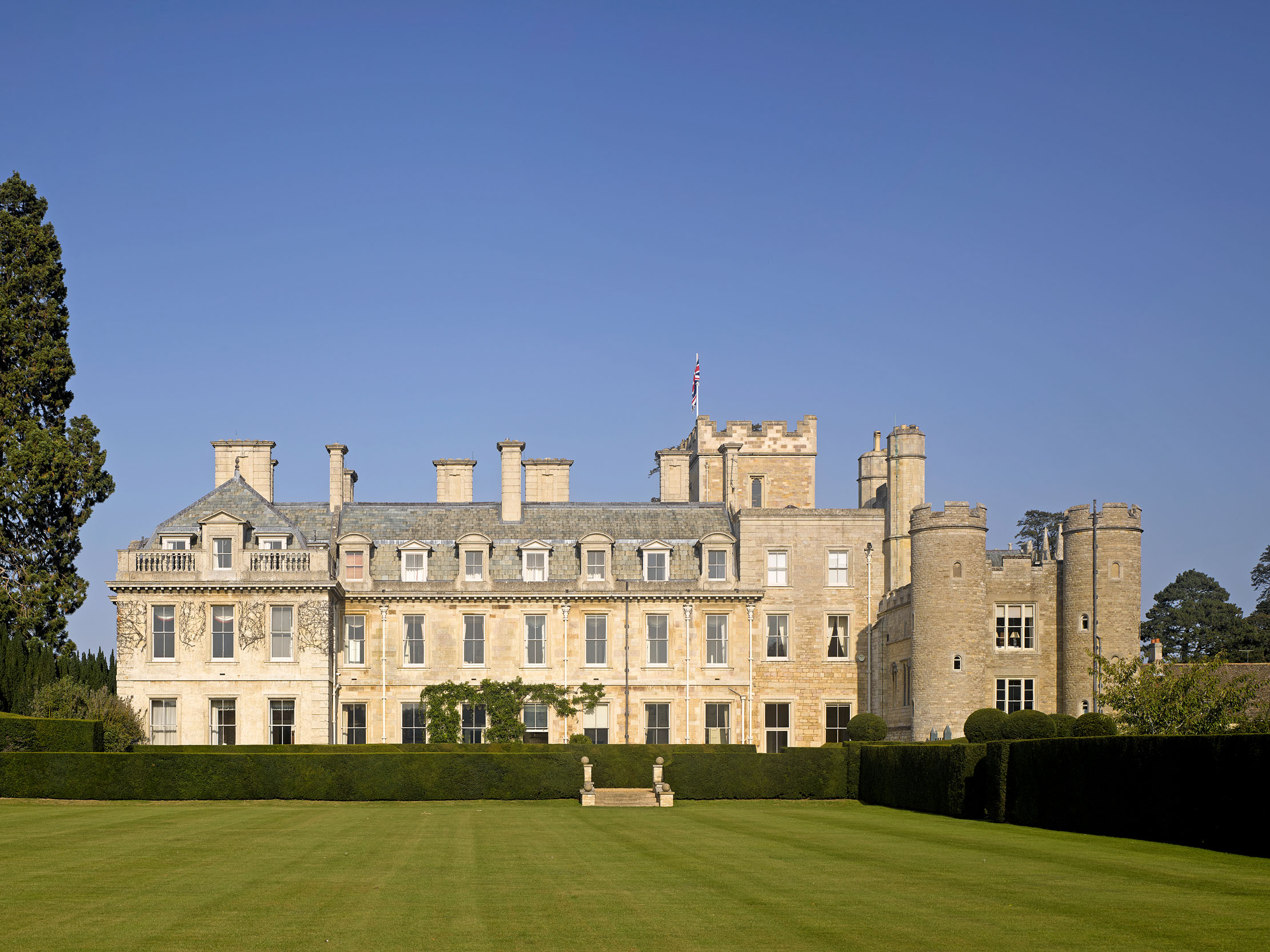
After four decades of care and restoration, the final meticulously researched project, in 2016–17, was to replace the worn silk hangings in the drawing room, which had faded to a pale gold. The room is recorded with walls hung in a pale-blue silk in an 1818 watercolour and another view from the 1850s reveals a deeper blue, thought to have been installed by Ashton. These hangings were last replaced by a paler blue in 1895 (the names ‘C. Roeder Upholster’ and ‘W. H. Haynes, Artistic Upholsterers’ and the date were found above the door to the Octagon Room) and it was to this scheme that the room was returned.
The new silk was woven to its original colour by Richard Humphries, using the same damask pattern of the surviving silk; paintwork and restoration was done by Charles Hesp.
The Probys leave a legacy that illustrates the best sort of private custodianship. Through their care, visitors can appreciate in this one house the national story, as expressed in architecture, design and art.
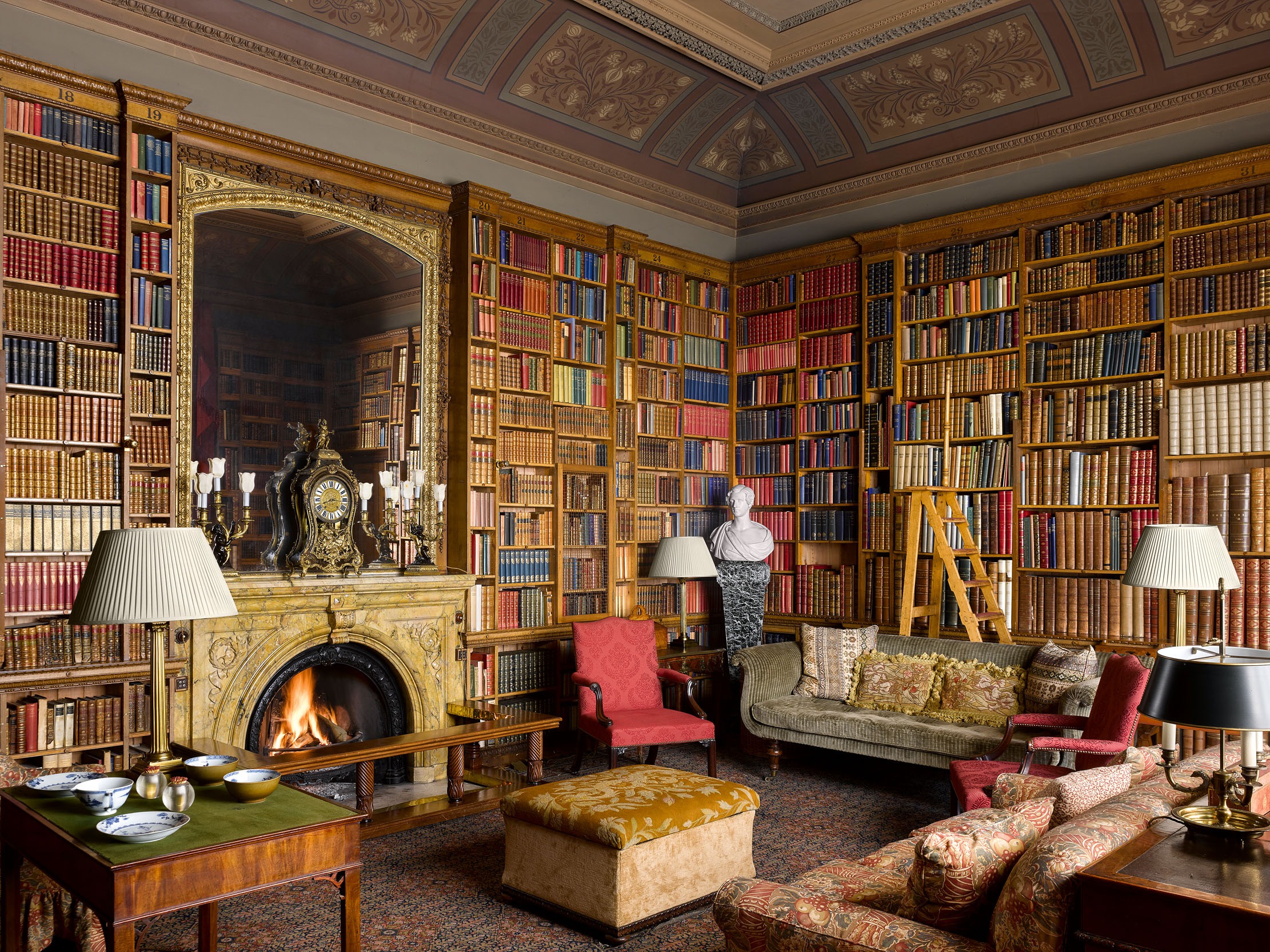
John Goodall on the history and changing face of the buildings from the Middle Ages to the 19th century
Sometime between 1535 and 1543, the tireless traveller and antiquary John Leland visited Fotheringhay, Northamptonshire, the ancestral seat of the house of York. He was chiefly interested in the royal associations of the place with its great castle and collegiate church. Unexpectedly, however, he also recorded the burial here of one Richard Sapcote, whom he describes as ‘the setter up of his family in Huntingdonshire’, and the date of his death — 1477 — presumably read from a lost inscription. Having left the town, but ‘within a mile’ of it, the first landmark he noted across the River Nene in Huntingdonshire was the Sapcotes’ house of ‘Ailton’ or Elton.
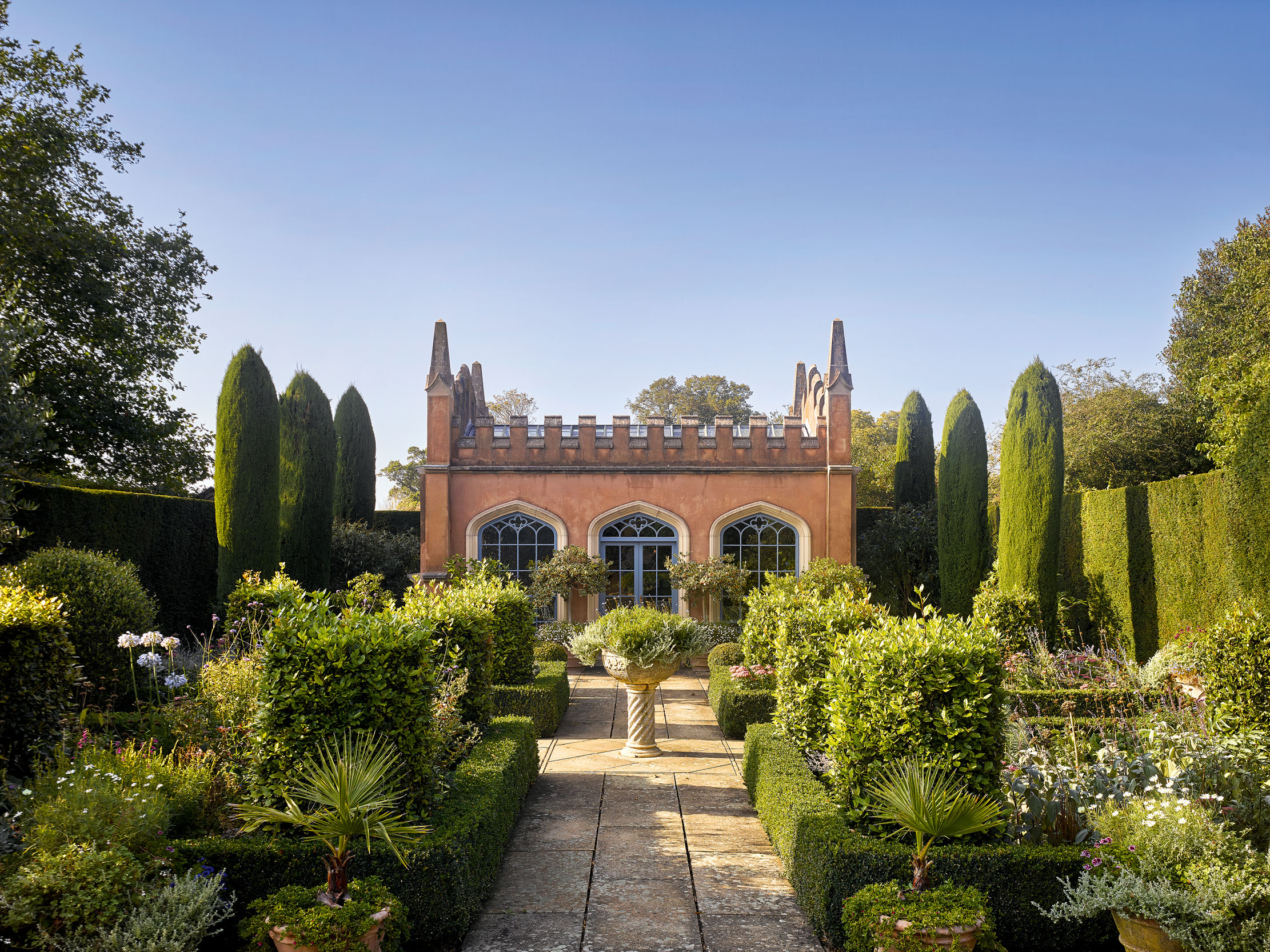
Leland’s account is frustratingly laconic, but it authoritatively identifies Sapcote as a figure of significance. It also serves as a reminder that his family seat at Elton developed in the immediate shadow of a hugely celebrated and important group of — largely — vanished buildings. By extension, Sapcote’s choice of burial place in Fotheringhay, rather than at Elton, strongly implies a connection to the Yorkist dynasty. All this is helpful because details of his life are sparse and, in some details, contested.
Sapcote came into possession of Elton by 1451, probably through his marriage to a daughter of the Wolston family (her name is unknown). An unusual panel of impaled arms that must celebrate this match survives above the south arcade of the parish church at Elton with the inscription ‘Syr Richard Sapcote knyght’. He is likely to have acquired his knighthood in about 1469, when he became sheriff of Huntingdonshire. Presumably too, the arms predate his second marriage to Elizabeth Plessington (although the date of this match is uncertain).
This church panel is important because it helps date a closely comparable armorial of the Sapcote arms alone that is integral to the gatehouse of Elton Hall. By extension, it convincingly associates this building with Sapcote and dates it to about 1469. That would make it the earliest surviving part of the present house.

The gatehouse is a small, but sophisticated work of architecture. It was originally free-standing and is laid out on a rectangular plan, albeit with one section of the façade projecting forward over the gate passage. Both passage and projection are independently vaulted at ground level — the latter curiously opening out with archways to each side — creating two distinct entrance spaces. Its arcaded battlements step neatly around the building, curving around the outer corners to create turrets.
In the 1470s, the gatehouse stood on the edge of a water-filled moat, the line of which was discovered in the 1890s. Presumably, this extended to form a rectangular enclosure embracing other domestic buildings, but there is no modern trace of these or of the moat’s extent. The gatehouse was also approached through a base court comprising service and agricultural buildings. Overall, Elton Hall probably resembled other 15th-century moated houses with dominating gatehouses, as, for example. at Rye, Hertfordshire, or Hadleigh, Suffolk, created by wealthy figures outside the first division of patronage.
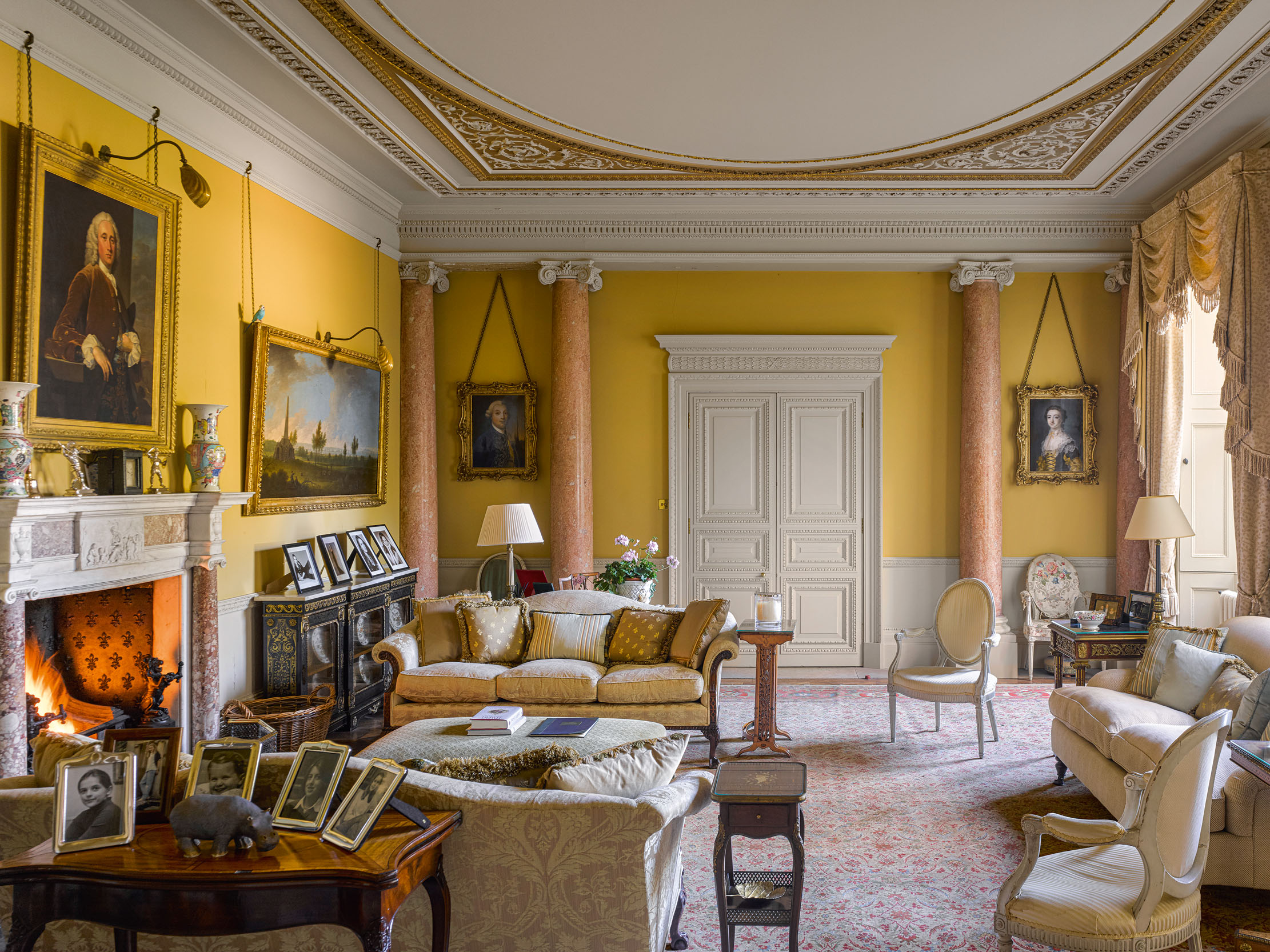
Judging from what we know about him, however, Sapcote might not register in this group and it’s really through the career of his son, John, that Leland’s assessment of him can be justified. John was elected MP for Huntingdonshire in 1472 and, in 1480, soon after succeeding his father, married Elizabeth Dynham, the sister and co-heir of John, Lord Dynham, and the widow of Fulk Bourchier, Lord Fitzwarin. This was an extremely advantageous match, which suggests royal favour; perhaps a connection with Cecily Neville, Duchess of York, mother of Edward IV, who was resident at Fotheringhay in the 1460s.

John’s brother-in-law, Lord Dynham, had cool relations with the last Yorkist king, Richard III, and, after the Battle of Bosworth, married the sister of Lord Willoughby de Broke, a close supporter of Henry VII. That alliance may have helped Sapcote to cross the political divide and enter Tudor service after Bosworth in 1485. Certainly, he was dubbed a knight by Henry VII on the battlefield of Stoke in 1487, where he clearly fought against the Yorkist forces.
Tudor service yielded rich rewards for Sapcote and he duly aggrandised Elton. That work may have begun in 1495, when the property is first described as a manor in its own right (also the year Cecily Neville died), but it was certainly under way at his death in 1501: he enjoined his wife by the terms of his will to ‘see and cause that my chapel at my said place of Alyngton be finished and ended according to the work there begun’. She obliged, despite remarrying the following year: in 1610, the antiquarian William Camden saw at Elton ‘a private chapel of singular workmanship and most artificial glass windows, erected by Lady Elizabeth Dynham the widow of Baron Fitzwarin’. Three years later, a visiting herald, Nicholas Charles, tricked the arms in the chapel, putting her patronage beyond doubt.
The chapel survives substantially intact. It stands at right angles to the earlier gate tower and comprises two vaulted chambers at ground level, one of which is the chapel of the house today. Above was the main chapel space, once lit by tall Gothic windows. The western end of the chapel was almost certainly first divided by a floor to create a deep balcony or ‘parclose’ overlooking the altar for the use of the family. This was accessed both up a narrow stair turret projecting from the south side of the building and from a two-storey bridge linking to the house itself, shown on early views.

In this regard, incidentally, the 1613 visitation is important. The herald Charles also records arms in the ‘parlour’ of the house, which echo the themes of the chapel scheme (and celebrate Sapcote’s second, Plessington marriage). This suggests that Lady Elizabeth actually finished the chapel as part of the complete reworking of the withdrawing apartments. It would conform to the planning of other late-15th-century sites — such as Ashby de la Zouch in Leicestershire — if, at Elton, the parlour and the great chamber over it connected respectively to the chapel and the balcony parclose. That, in turn, incidentally, suggests that the lost medieval house stood on the site of its modern successor.
Nothing more is known of the development of Elton until the late 17th century. During the Civil War, it was owned by the Cottons of Connington and the chapel may have suffered at the hands of Parliamentary troops, who ransacked nearby Peterborough Cathedral and were bought off from smashing the medieval glass at Fotheringhay.
In 1661, an agreement was drawn up settling Elton on Frances Cotton as part of a marriage portion. Her intended husband, Thomas, was the son of Sir Heneage Proby of Rans, MP for Amersham. Thomas succeeded his father in 1663 and a series of accounts preserved at the house and calendared by Granville Proby record the details of his life. They cover the cost of travel, plays, gambling, clothes and the complex demands of improving his estate.

As part of this last endeavour, he turned his hand to the rebuilding of Elton, demolishing the old house in March 1664 and building its replacement with the help of the mason Christopher Chapman and Fisher ‘the carpenter’ (whom he otherwise employed on other estate projects). He bought Ketton stone through his father-in-law, Sir Robert Cotton, and set up his own brick kiln to supply the works.
The earliest known view of Elton is by the Bucks brothers in about 1730 and shows what Sir Thomas created: a two-storey range seven bays wide, raised on a basement with a hipped roof and projecting block to the rear. Similar houses can be seen locally from the 1650s, such as Cobthorne in Oundle, but the design may have been provided by the architect Isaac Rowe, concurrently working on Sir Thomas’s London house on Pall Mall. The Probys moved in on March 22, 1666, but payments for construction, as well as furnishing and decoration, continued to be made into late 1667.
In its new form, Elton was approached from the east. That rendered the south-facing gatehouse redundant, but it continued in use as a muniment chamber (almost certainly its original medieval use); Sir Thomas’s will of 1686 mentions his ‘deeds and writings’ at Elton ‘kept lying in the rooms belonging to that building called the Tower’. The chapel seems to have been left in its original form, too, remaining so until at least 1721, when it was visited by the antiquarian John Bridges and described as having a wainscoted ceiling and ‘gallery’ (presumably the parclose) and two niches for statues above the altar.
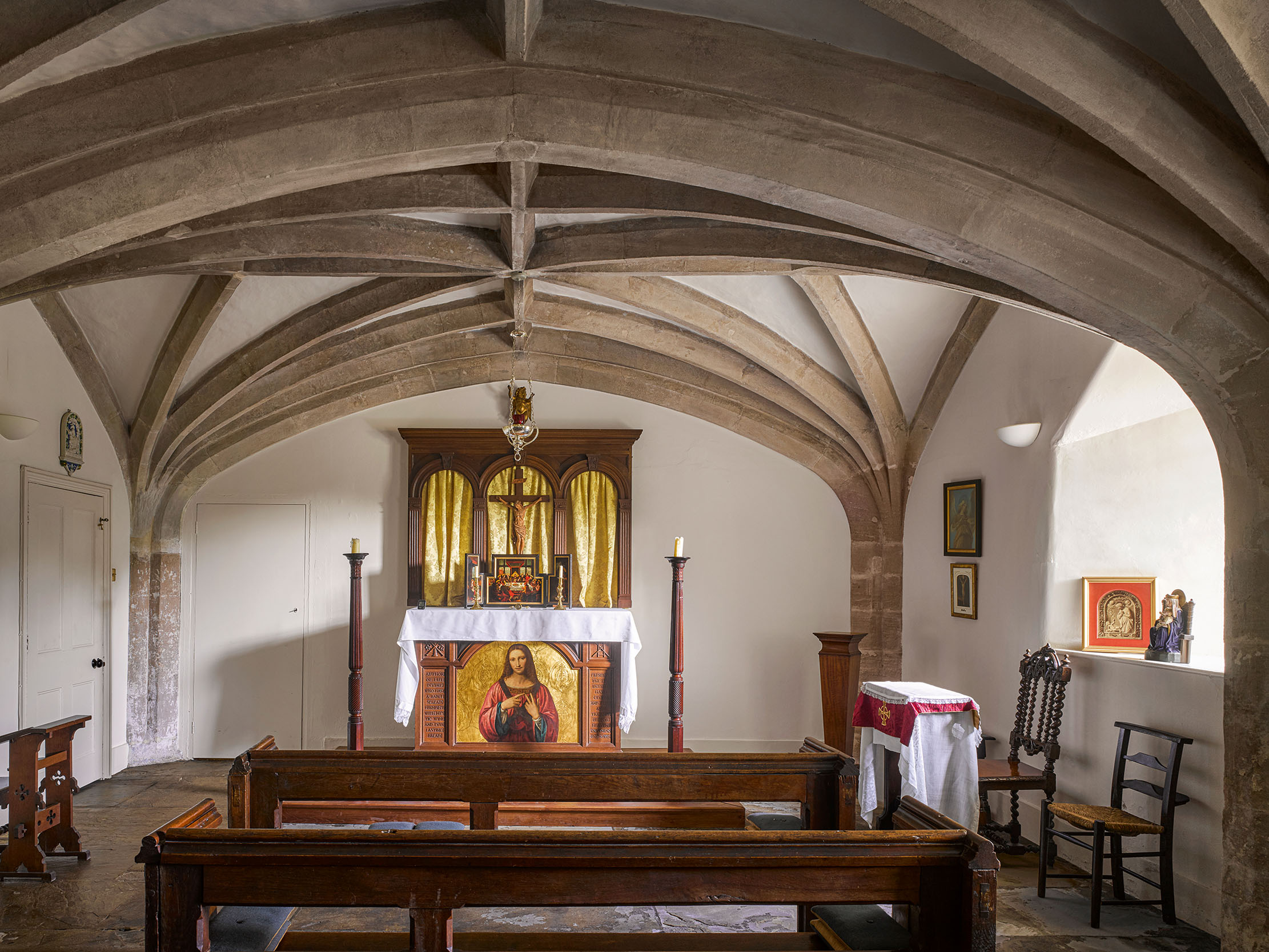
It must have been soon after this visit, however, that this interior was transformed into the drawing room: the stair turret on the south side was expanded as a projecting window, the altar replaced with a fireplace and a new ceiling created. There is no documentary record of these changes, but the beam inserted to support the enlarged opening in the wall has been dated to the 1720s and Meredyth Proby, wife of the present incumbent, has pointed out the similarity of the plaster cornice to one at Ditchley, Oxfordshire, which dates from the same decade.
The resulting interior is difficult to parallel: a room with a Palladian ceiling, Gothic windows (the mouldings of the present frames show these to be adapted medieval elements) and a fireplace at one extreme. Presumably the work was done by William Proby, who died in 1739. In about 1750, his son or grandson, both called John, installed a new fireplace to the side of the room. This now survives in the dining room. It was probably at the same time that the outer angle between the chapel and house were infilled with a new block with linking octagon rooms and surmounted by a Gothic tower.
More important changes followed the succession of John Joshua Proby in 1772. He was a political reformer who inherited the Irish barony of Carysfort from his father. In 1789, after active involvement in Irish politics, he was created 1st Earl of Carysfort in the Irish peerage and was later rewarded in 1801, with a seat in the House of Lords. He was a keen collector of paintings and books and, in response to his preferments, engaged in the gradual enlargement and transformation of the house.
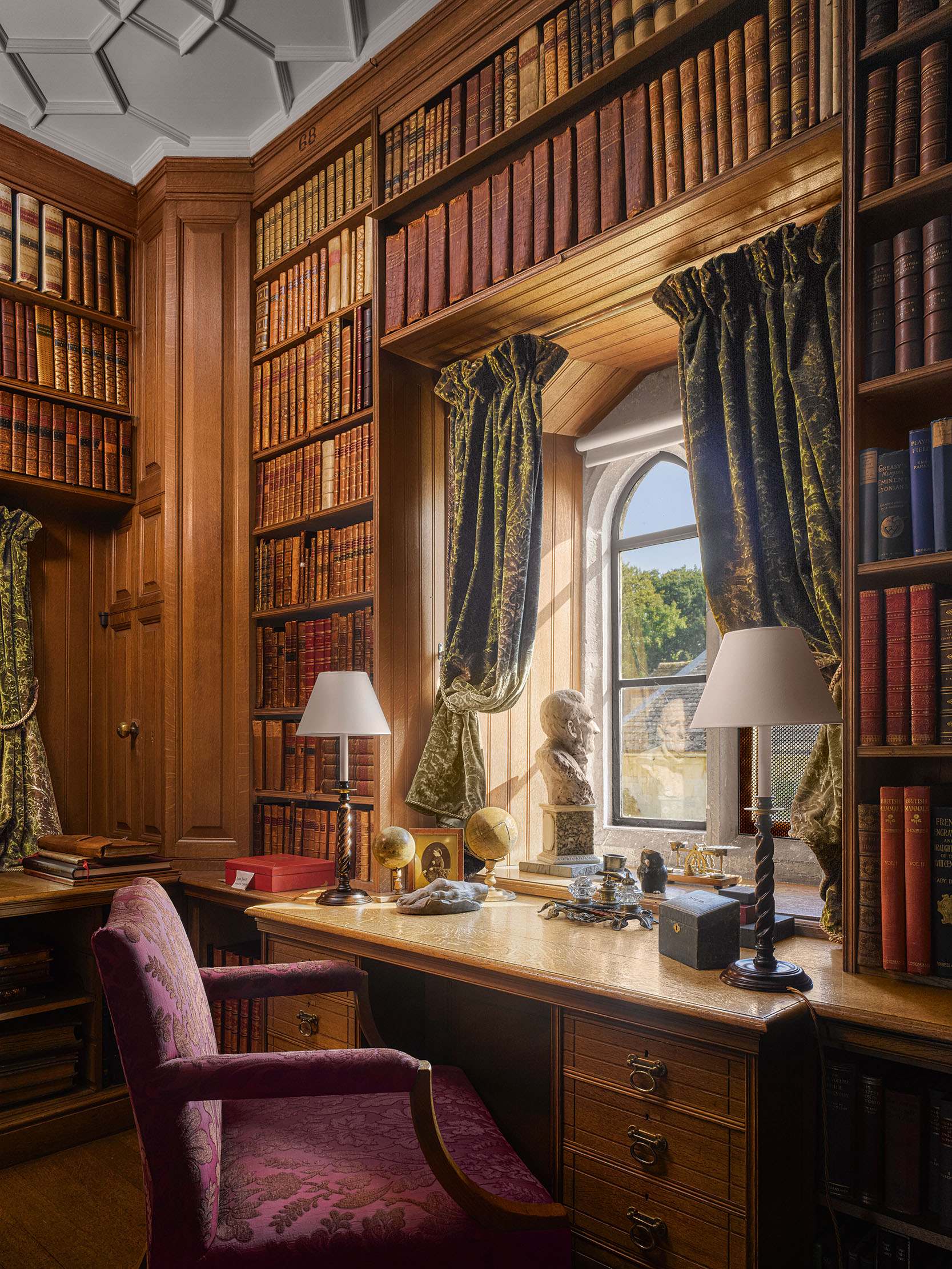
His chosen architect in 1791, at the start of the process, was John Carter, who drafted designs for creating a cloister walk against the back of the gatehouse. Carter was a notable antiquary and subsequently became famous as a polemicist and founding father of the Gothic Revival. It is doubtful, however, as to whether Carter oversaw the changes that followed the Earl’s elevation to the House of Lords. These involved doubling the depth of the 17th-century range and inserting a new front entrance to the rear of the house.
The 1st Earl also connected the gatehouse to the chapel by inserting an intermediary library building, recycling within the latter a window from the demolished house of the poet Dryden. Finally, in 1812–14, he added an extension, incorporating his own study and bedroom to the west of the building. In the process, the house assumed the form of a castle dressed in stucco with timber turrets and battlements.

Astonishingly, Elton Hall was captured on camera before 1855, when the extensive changes that created the modern house were begun by the inventive architect Henry Ashton.
Although it is not unusual to find country houses in England with such a depth and complexity of history, the ability at Elton to trace that process in both documentary and physical terms is very rare indeed. As the next generation of the family, Rory and Alexandra Aitken, prepares to assume responsibility for the house, it will be fascinating to see that story extended into the future.
For opening hours, visit www.eltonhall.com
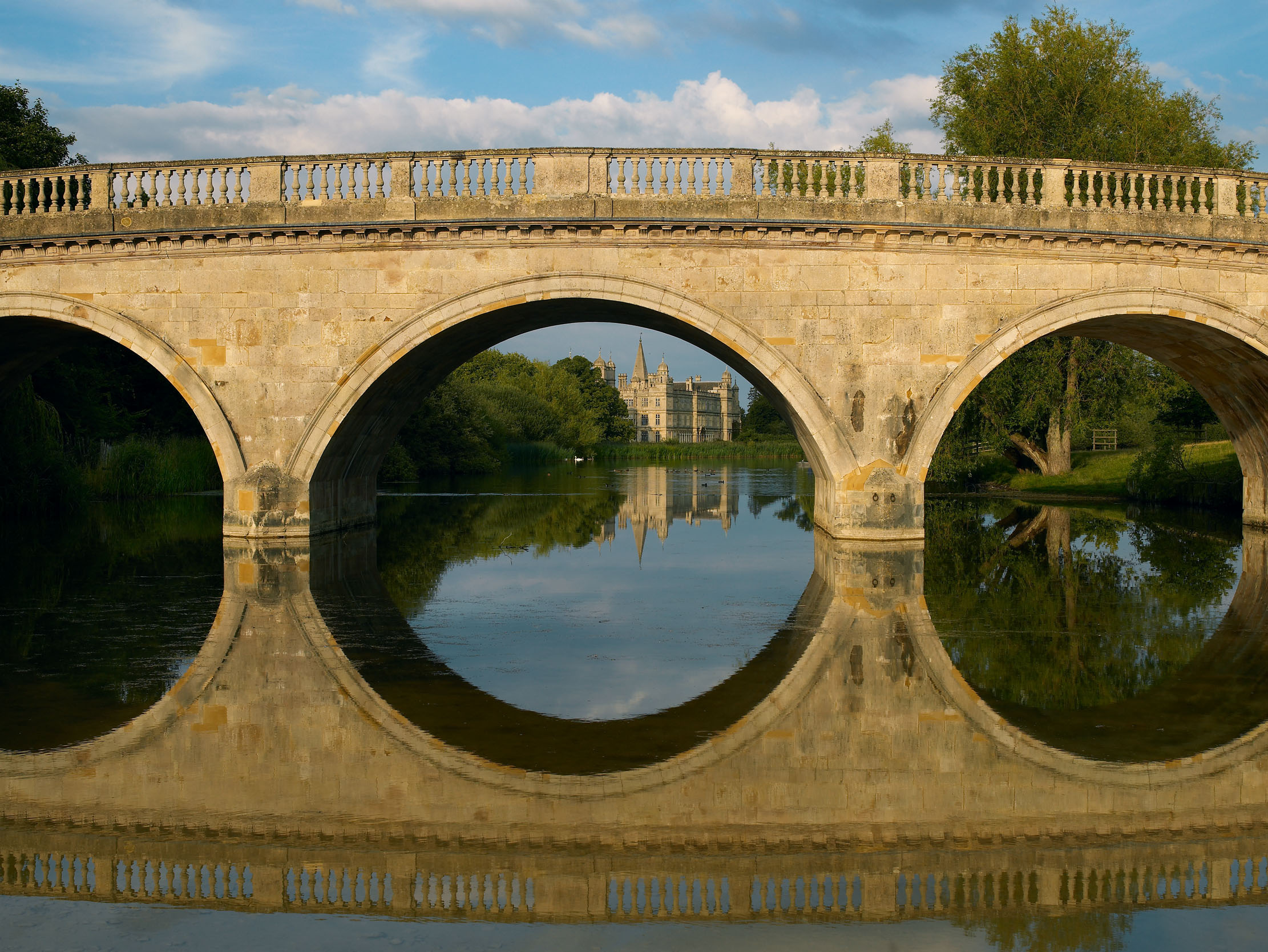
Burghley House: The 500-year story of one of the very greatest houses in Britain
Burghley House in Lincolnshire — the home of Miranda and Orlando Rock — is one of the very greatest houses in Britain.
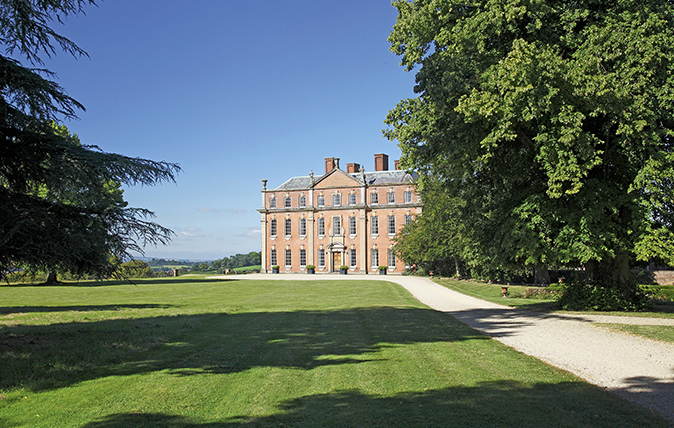
Shropshire’s Baroque masterpiece, with ‘one of the finest interiors in England’, for sale for the first time in half a century
Mawley Hall is nothing less than one of Britain's finest privately-owned stately homes – a truly unique opportunity for whoever takes

John spent his childhood in Kenya, Germany, India and Yorkshire before joining Country Life in 2007, via the University of Durham. Known for his irrepressible love of castles and the Frozen soundtrack, and a laugh that lights up the lives of those around him, John also moonlights as a walking encyclopedia and is the author of several books.